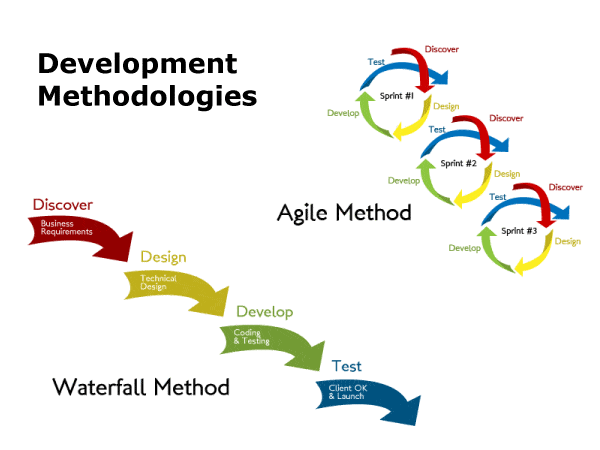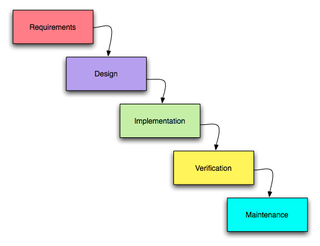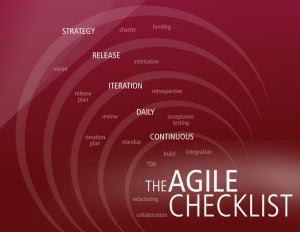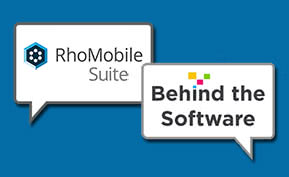Application Development
Waterfall vs. Agile Development: How They Differ and Why it Matters

While your parents likely warned you that politics and religion don’t make for polite conversation, they probably didn’t warn you about bringing up waterfall and agile methodologies around software developers. Like Red Sox and Yankees fans or Republican or Democrat parties, waterfall and agile represent two different philosophies, each with its own beliefs and values. While both methods have proven successful, developers often have a clear opinion on which is best.
Development Methodologies and an Application’s Lifecycle
Choosing the right methodology can mean the difference between a project’s success or failure. When choosing application lifecycle management (ALM) software, it’s of utmost importance that you pick a solution that supports your team’s development methodologies. Why? Because using software that doesn’t support your methods is like trying to eat soup with a straw—possible, but inefficient and frustrating.

While waterfall and agile development philosophies encompass a number of smaller, more specific methods and philosophies, they represent the two major schools of development thought. Read on to view a comparison of waterfall and agile development methods and learn more about which method will help you achieve your project goals.
1. Traditional Waterfall
For decades, traditional waterfall development methodologies were standard in the application development world. While developers continue to explore more flexible methods, traditional waterfall is still an important, frequently used school of thought.
Traditional waterfall development moves in a linear direction and employs a sequential design process. Waterfall development begins with heavy up-front planning that is carried out to a T through each stage in the predefined lifecycle. This methodology requires rigid adherence to the planned schedule, making it difficult to enact changes during most stages of the development process.
Because this traditional development style requires intensive planning, development teams can better estimate and adhere to deadlines and budgets. On the other hand, because the feedback and testing state is often pushed later into the development process, it’s difficult for developers to respond to problems and feedback as they arise, making the overall product less responsive.
2. Agile Development
Recently, agile methodology has been taking the development world by storm, influencing the top ALM vendors and their customers. This specific development methodology gets its name from the agile manifesto, a document that was created in 2001 by a small group of frustrated software developers looking to find a better way to create software. In the end, they came up with four major ideas that now shape application development.
The agile manifesto places value on:
- “individuals and interactions over processes and tools
- working software over comprehensive documentation
- customer collaboration over contract negotiation
- responding to change over following a plan”
In agile development, planning, testing and evolution are continuous and nonlinear. While it’s more difficult for agile developers to accurately predict cost and release dates, their products tend to be more user friendly since they are so responsive to feedback. Agile methodologies are also more flexible, support change and allow for the products to be thoroughly tested at all stages of development.
Unlike waterfall methods, agile software development specifically supports and relies on collaboration, and can result in shorter release times. For a more comprehensive list of agile values, check out this post on the top 10 key principles of agile methodology.
So Which Should I Choose? 4 Questions to Get You Started
While many factors will affect your preferred development lifecycle methodology, here are four questions that can help you choose which methods best align with your project. For those wanting a more comprehensive understanding, there are a number of resources available, including this article on how to choose between agile and waterfall methodologies.
- How clear are your project’s requirements?
- How dispersed is your team?
- How big is your project?
- Who are your end users?
The more difficult it is to define and understand your requirements, the more likely a flexible, experimental methodology (read: agile) will work for you.
Since agile methodologies require superior collaboration and flexibility from all team members, it can be difficult to manage ongoing changes when team members work from separate locations. For geographically dispersed team members, waterfall methodologies can provide much-needed consistency.
Large projects can become unmanageable if the application lifecycle is unfocused or unclear. On the other hand, smaller projects can benefit from flexibility and the ability to quickly incorporate changes as problems arise, making them a good candidate for agile methods.
End users can greatly impact an application’s lifecycle and therefore the methods used to manage and track that lifecycle. Easily accessible end users make agile methods a breeze, whereas end users with availability constraints make agile methods impossible. Likewise, a project that requires continuous end-user feedback would work best as an agile project, while waterfall methodologies best support testing a number of deliverables all at once.
Both waterfall and agile philosophies have specific benefits and drawbacks. While choosing the right methodology can affect the ultimate success of your product, ultimately it’s important to choose software that supports your team’s processes. Different projects and goals will require different methodologies to be successful. Keeping an open mind and considering how each philosophy will affect your overall application may mean the difference between success and failure.
To compare the leading application lifecycle management software and find a solution that matches your company’s preferred methodology, check out our free Top 10 Application Lifecycle Software report.








